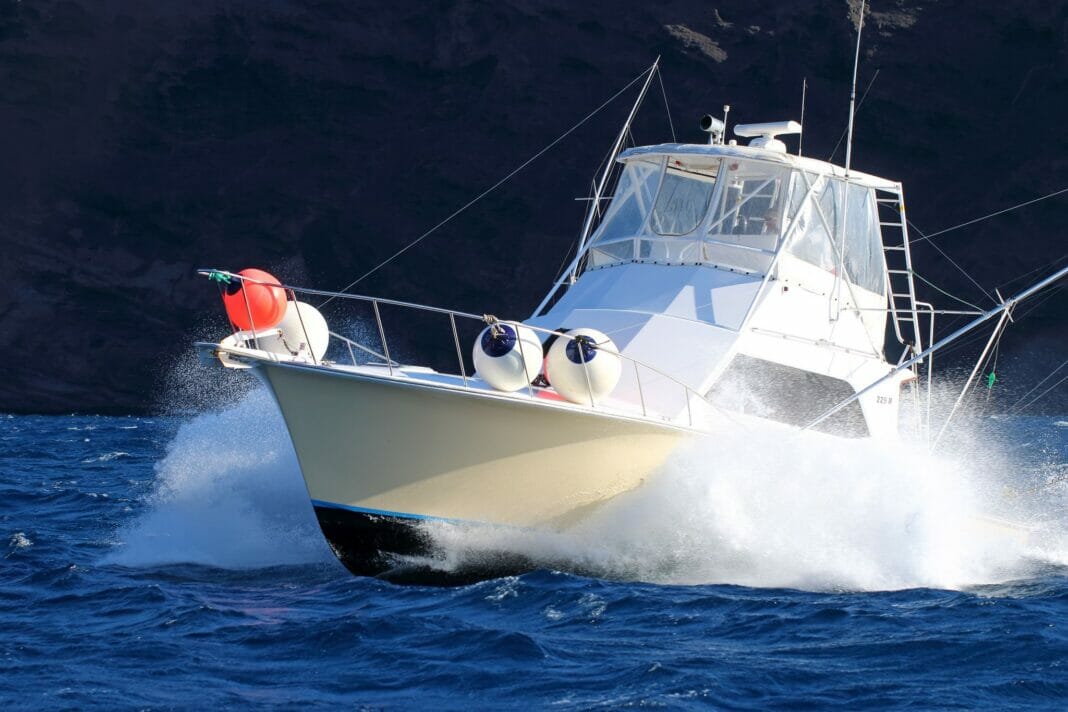Boat disasters, though tragic, provide invaluable information that can refine maritime practices and enhance ocean safety measures. Investigating these incidents allows us to identify causes, evaluate responses, and learn from past mistakes. Ultimately, by understanding what went wrong in the past, we can ensure a safer future at sea. This article will discuss several lessons learned from boat disasters and how we can apply these insights to reduce both the likelihood of future disasters and their consequences.
Importance of Adequate Training
Titanic (1912)
On April 15, 1912, the British passenger liner Titanic sank in the North Atlantic Ocean after colliding with an iceberg. More than 1,500 passengers and crew lost their lives in one of the deadliest peacetime maritime disasters in history.
Lesson:
The Titanic disaster underscores the importance of continuous training and maintaining a well-trained crew. Specific issues that arose during this event included visual lookout failures and misunderstandings regarding the situation’s severity. By training crew members to recognize and respond to potential hazards, captains can minimize the risk of collision and other accidents.
Costa Concordia (2012)
On January 13, 2012, the Italian cruise ship Costa Concordia ran aground and partially sank after striking an underwater rock. The accident claimed 32 lives and shook the cruise industry.
Lesson:
The Costa Concordia disaster emphasizes the critical role of ongoing training in developing crew members’ practical skills and professionalism. In this case, the captain allegedly deviated from the planned route, and the crew was inadequately trained. The poorly executed evacuation process and general miscommunication further exacerbated the disaster. Captains must ensure their teams are well-versed in emergency procedures and maintain strict adherence to established navigational routes.
Proper Maintenance and Inspection
Estonia (1994)
On September 28, 1994, the Ro-Ro passenger ferry Estonia capsized and sank in the Baltic Sea, killing 852 people. The primary cause of the accident was the bow visor’s separation from the ship, exposing the bow ramp and allowing water to flood the vehicle deck.
Lesson:
One of the key takeaways from the Estonia disaster is the importance of thorough maintenance and inspections. Investigations revealed that deficiencies in the vessel’s bow visor were not adequately addressed, leading to its failure. Captains should be diligent in ensuring their ships meet safety standards and undergo regular inspections to identify any structural issues or equipment failures.
Effective Communication
Herald of Free Enterprise (1987)
On March 6, 1987, the British ferry Herald of Free Enterprise capsized just outside the harbor of Zeebrugge, Belgium, claiming the lives of 193 passengers and crew. The primary cause of the accident was water flooding through an open bow door, causing the ship to lose stability and capsize.
Lesson:
This tragedy highlights the importance of clear, effective communication between crew members. The officer responsible for closing the bow door failed to do so, and the captain was never informed, resulting in a failure to rectify the situation. Establishing standardized communication protocols and ensuring that all crew members understand their roles and responsibilities could have made a difference in this situation. Captains should strive to foster a culture of open communication onboard their vessels, stressing the importance of reporting any issues immediately.
Adequate Emergency Preparation
Sewol (2014)
On April 16, 2014, the South Korean ferry Sewol capsized and sank in the Yellow Sea. Out of 476 passengers and crew, only 172 were rescued, with most of the victims being high school students on a field trip.
Lesson:
The Sewol disaster highlights the critical importance of adequately preparing for emergencies. Investigations into the incident revealed several issues, including illegally modified cabins and additional decks, an overloading of cargo, and a failure to secure that cargo properly. These factors led to the ship’s instability and its ultimate sinking. Additionally, the passengers’ lack of emergency training and guidance resulted in many people becoming trapped or unable to evacuate.
Captains should be well-versed in their vessel’s safety features and procedures and ensure all crew members are familiar with their roles during an emergency. Furthermore, captains should prioritize regular drills to help passengers and crew respond efficiently in crisis situations.
Conclusion
Boat disasters serve as sobering reminders of the importance of vigilance, training, and communication in maritime operations. By learning from these tragic events, captains and their crew can take comprehensive steps to improve safety standards and ensure safer navigation on the world’s waterways. The lessons from these disasters should never be forgotten, as they provide invaluable guidance to prevent future tragedies at sea.


